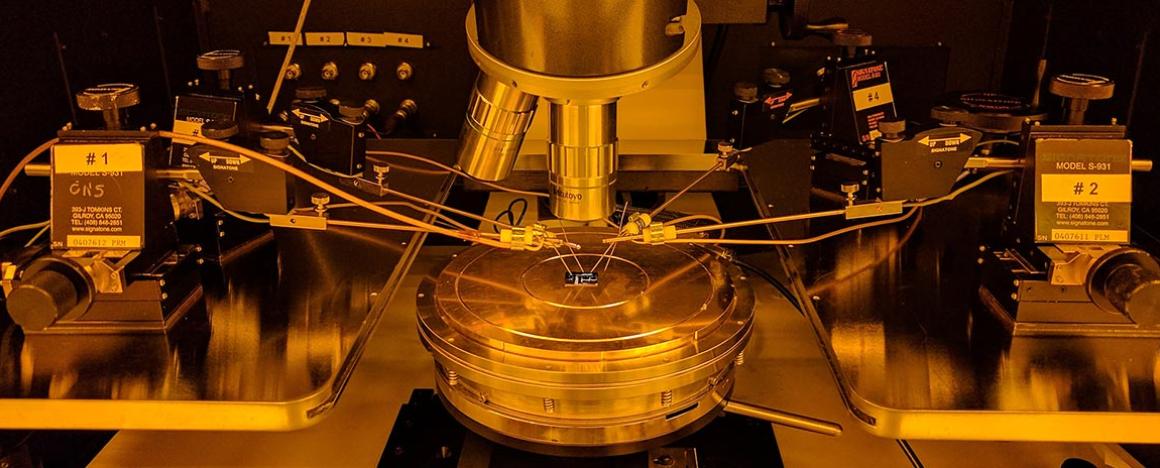About the Center

The Tufts Interdisciplinary Advanced Materials (TIAMAT) Center unifies more than four dozen Tufts faculty members whose technical interests include materials science. They come from nine departments across the School of Engineering and School of Arts and Sciences. While materials research has been a long-time significant strength at Tufts, the lack of a unifying center has caused it to fly under the radar. With the launch of TIAMAT, we are now able to pursue the fruits of our shared strength.
The mission of the center is to unite materials faculty at Tufts in common purpose: 1) Bring international recognition to Tufts for excellence in materials research and education; 2) Educate the next generation of materials researchers in a program that cultivates excellence; and 3) Produce novel and highly innovative research that advances basic and applied knowledge in materials.
Materials science is innately an interdisciplinary field that owes its origin back to the age of enlightenment when scientists began to use the tools of analytical thinking from chemistry, physics, and engineering in their study of metallurgy and mineralogy. In the modern era, the principal subjects of study for materials scientists and engineers has naturally expanded to include the materials of our present technological base—i.e., semiconductors, nanotechnology, and bio-materials—as well as looking to the materials of the future.
In recent years, there has been considerable growth and excitement in several areas of materials science, all of which are already represented by research here at Tufts. These areas include:
- Nanomaterials: The study of material in which the common descriptive unit of size is 1-100 nm. Materials with nanometer-scale features tend to have unique mechanical, catalytic, and electro-optical properties. A wide variety of aspects under this topic are of interest to the researchers in the center. Applications vary from nano-enabled membranes for water treatment to nanostructured devices for novel electronic devices.
- Soft-materials and bio-materials: This area includes any bulk material, construct, or surface that interacts with or is composed of a biological system. While this field is young, it has seen explosive growth and includes overlap with medicine, tissue engineering, biology, and chemistry. Biomaterials are used today for drug delivery, surgery, and dental applications.
- Photonic and electromagnetic materials: An archetypical example of these category would be semiconductors, which underpin all of our modern computerized and light absorbing/emitting devices. This field has strong overlap with physics and electrical engineering and includes topics such as superconductors, spintronics, metamaterials, and topological insulators. There is further crossover into the area of advanced fluorescent materials for labeling and sensing, in particular, in biomedical applications.
- Computational materials science: With the vast improvements in computing power over the last several decades, simulating complex materials systems has become possible. This allows for the modeling of materials at all length scales using methods such as kinetic Monte Carlo, density functional theory, and molecular dynamics.
TIAMAT seeks bright young minds to join us in our MS and Joint-PhD programs and to help us take the lead in establishing the next chapter in materials research.